According to Ayurveda nuts are warm, heavy, sweet, emollient, nutrient, digestive, tonic, sedative and aphrodisiac. Galls are useful in cough and other secretary diseases. Nuts oil is used as demulcent and restorative. Pistachio-nuts are used as food being very wholesome, agreeable, sweet and nourishing. Its regular use improves memory, strengthens heart, brain and stomach. It is also useful in nausea, vomiting, enlargement of liver, abdominal cramps and some psychological disorders. Chewing nuts improves oral hygiene tightens gums and controls bad smell (act as mouth freshener). Pistachio nut oil is useful in cough, dementia, mouth ulcers and liver diseases
It is known as Pistachia vera Linn.(synonyms-Pistachia narbonensis L.; P. reticulata) and belongs to family of mango i.e. Anacardiaceae. It is a small sized tree up to height of 30 feet.
Leaves - compound, leathery in texture and lanceolate or ovate in shape. Leaflets 2-5” long. Galls mostly affect these. These galls are small, irregular, spear shaped and known as flowers of pista or Pistachio galls. In Sanskrit its names are Mukulak, Nikochak, Charuphal, Pist, Sakoch & Jalagojak. In Hindi, Marathi, Gujrati, Punjabi & Farsi it is called Pista. In Malayalam its name is Cheriydanti
Flowers are Pinkish yellow colored small sized appear in bunches (panicles). Male and female flowers arise in the different trees (dioecious). The fruit is oval shaped, varies in size with the amount of cultivation, somewhat similar that of olive but reddish in color. It has a brittle shell enclosing the seed (kernel), which is about half to one inch long, greenish in color and agreeable flavor. The wild fruit is smaller than cultivated but some people prefer that. The plant is originally from central Asia (West Pakistan, Afghanistan, Iran etc.) but also found in Italy, Turkey, Syria, Lebanon and California.
At a glance Pistachio nut can be analyze as approx 20% protein, 55% fats, 16% carbohydrate, 2% fibers and 3% minerals sp. Calcium, Phosphorus and Iron. Vitamin wise it contains carotene as Vit. A 240 IU, Thiamine 0.67, Riboflavin0.03, Nicotinic acid 1.4 mg, calorically it contains 626 cal/100 grams.
Nuts also contain pectin (as calcium pectate). Seeds yield about 50% low melting fatty oil. This oil may be obtained by two different ways. One cold pressed oil, which is golden yellow in color but less of odor. Second is solvent expressed oil, which is good smelling, dark green coloured but spoils early and easily. This oil is combination of myristic, palmitic, oleic, stearic and linoleic fatty acids.
The galls contain tannins. Young and mature leaves contain Shikimic acid. A resin is also obtained from this and other related species. It is generally consumed locally and known by the name of the same species. In the fresh condition it is liquid and has most pleasant fruity odour, but gradually it hardens on exposure and becomes very brittle and transparent.
Uses: Bark is good in indigestion and weakness. According to Ayurveda nuts are warm, heavy, sweet, emollient, nutrient, digestive, tonic, sedative and aphrodisiac. Galls are useful in cough and other secretary diseases. Nuts oil is used as demulcent and restorative. Pistachio-nuts are used as food being very wholesome, agreeable, sweet and nourishing. Pistachio- nut is one of the most delicious nut used in sweet breads, confectionaries, Ice creams and as desert salted and roasted. It is advisable to consume along with reddish covering of the kernel otherwise it disturbs digestion. Its regular use improves memory, strengthens heart, brain and stomach. It is also useful in nausea, vomiting, enlargement of liver, abdominal cramps and some psychological disorders. Chewing nuts improves oral hygiene tightens gums and controls bad smell (act as mouth freshener). Pistachio nut oil is useful in cough, dementia, mouth ulcers and liver diseases. In some types of headache may be relieved if the oil is used as a nasal drop after sudation. In small quantity, the Pistachio nut oil used in confectionaries and in medicine otherwise it is not a practical affair as far as cost concern. Decoction of bark and leaves is helpful in itching. it can also be used as a hair wash as it improves hair fall and act as anti lice treatment. During epidemics, it protects from diseases if consumed with sugar. Excess of anything is harmful so is pistachio-In excess it may be harmful to stomach anal diseases of lower limb and may cause allergy (Urticaria). These harmful effects may be relieved by use of lemon water, apricot, vinegar, sour pomegranate, plum etc.
Pistachio wood is highly valued in Afghanistan for the preparations of agricultural implements specially Ploughs and spoons. Galls are mostly imported into India for dying and tanning purposes. Sheep, goats and camels feed greedily on the leaves as they contain galls.
Fruit husks are made into marmalade in some countries especially in Iran, also used as fertilizer.
Cultivation : The value of the forests of pistachio lies in their yield of the nut, but the harvest is a precarious one, generally due to the tree being dioecious and to fertilization being frequently unaccomplished. The appearance of male flowers on these trees are the first stage of spring and as they appear long before there is any sign of the leaves, they are unprotected and easily injured by frost, so the late occurrence of frost is one of the major cause of bad nut harvest. There is only good nuts harvest every second year, and when nuts fails the galls on the leaves are more numerous. On many trees, the female flowers are found not to have been fertilized; these develop into a nut like form, and when these unfertilized ovaries are examined, they are found to be quite hollow, the walls being apparently analogous to the covering of the fertilized nut. Due to the great trade value of the nuts and galls, it is a major cause of quarrels and blood feuds between tribes of the forests over rights of produce in their forests.
When we call NUTSHELL, it is definitely pistachio nut because it is full of power. So enjoy and get benefitted.






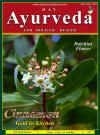 Dec 2024
Dec 2024
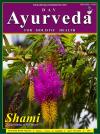 May 2024
May 2024
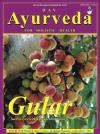 September 2022
September 2022
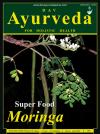 April 2022
April 2022
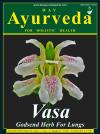 October 2020
October 2020
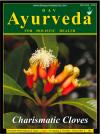 Jan 2020
Jan 2020
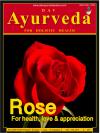 June 2019
June 2019
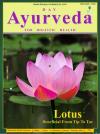 January-February 2019
January-February 2019
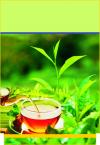 Augest-September
Augest-September
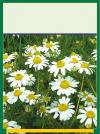 April 2018
April 2018
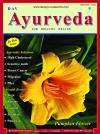 November 2017
November 2017
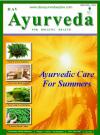 June 2017
June 2017
 November 2016
November 2016
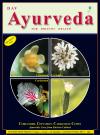 September 2015
September 2015
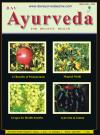 March 2015
March 2015
 July 2014
July 2014
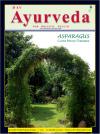 January 2014
January 2014
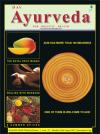 July2013
July2013
 March 2013
March 2013
 May 2012
May 2012
 May 2011
May 2011
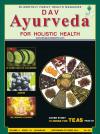 Sep 2010
Sep 2010
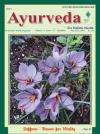 Jun 2010
Jun 2010
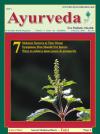 Feb 2010
Feb 2010
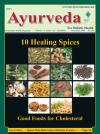 December 2009
December 2009
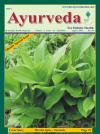 August 2009
August 2009
 June 2009
June 2009
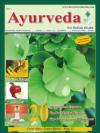 Feb 2009
Feb 2009
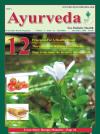 December 2008
December 2008
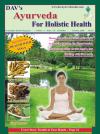 October 2008
October 2008
 March 2008
March 2008
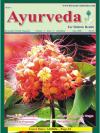 July 2008
July 2008
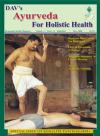 May 2008
May 2008